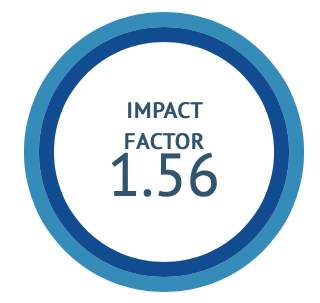Role of Pradarahara kashaya ghan granules in the management of Asrigdhara w.s.r to Dysfunctional Uterine Bleeding (DUB) - A case study
DOI:
https://doi.org/10.47552/ijam.v13i1.2346Keywords:
Menstruation, Asrigdhara, Dysfunctional uterine bleeding, H.P.O AxisAbstract
Menstruation plays an important role in women’s life to get a healthy progeny. The first menstruation (menarche) occurs between 11 and 15 years with a mean of 13 years. The normal duration of menstruation is 4-5 days with at intervals of 21-35 days. Any deviation from this, causes a great impact on the quality of a woman’s physical, emotional, social and reproductive life. The word Asrigdhara is characterised by excessive, prolonged, menstrual or inter-menstrual bleeding in ayurvedic classics. According to sign & symptoms, Asrigdhara can be closely correlated with dysfunctional uterine bleeding (D.U.B). DUB is reported to occur in 9 to 14 % women between menarche and menopause. It is mostly found in extremes of the age i.e in adolescents and peri-menopausal age group due to dysfunction of Hypothalamic-Pituitary-Ovarian axis but can also be found in reproductive age also. In India, the reported prevalence of AUB is around 17.9% (1). The incidence of DUB varies according to age and parity. For the present study “Pradarahara Kasaya” (2) which is a combination of 10 drugs namely Khadira, Chandan, Bala, Asana, Sariva, Vasa, Japa, Musta, Shalmali and Amalaki were taken in the form of granules which are easy palatable. Diagnosis is confirmed by the complaints described by the patients. Assessment has been done before and after treatment. In present study, it is observed that Pradarahara kasaya has provided significant relief in all the symptoms of Asrigdhara.
Downloads
Published
How to Cite
Issue
Section
License
Copyright (c) 2022 International Journal of Ayurvedic Medicine

This work is licensed under a Creative Commons Attribution 4.0 International License.
The author hereby transfers, assigns, or conveys all copyright ownership to the International Journal of Ayurvedic Medicine (IJAM). By this transfer, the article becomes the property of the IJAM and may not be published elsewhere without written permission from the IJAM.
This transfer of copyright also implies transfer of rights for printed, electronic, microfilm, and facsimile publication. No royalty or other monetary compensation will be received for transferring the copyright of the article to the IJAM.
The IJAM, in turn, grants each author the right to republish the article in any book for which he or she is the author or editor, without paying royalties to the IJAM, subject to the express conditions that (a) the author notify IJAM in advance in writing of this republication and (b) a credit line attributes the original publication to IJAM.




